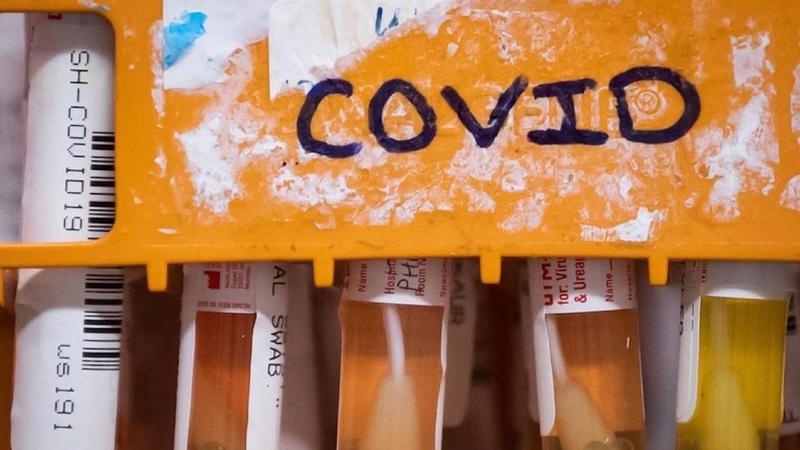
Top Stories of 2020: What the COVID happened this year?
NANAIMO — COVID-19 changed society in ways no one could have expected in 2020.
In the span of two weeks, the pandemic which had severely affected countries like China, Spain and Italy, arrived on Canadian shores.
Nanaimo and the central Island region went through a rollercoaster year, starting as a relative observer to high case counts in the Lower Mainland, to being the epicentre of Island Health’s case spike throughout November.
Here are some of the major milestones and news items from the Island’s COVID-19 response.


